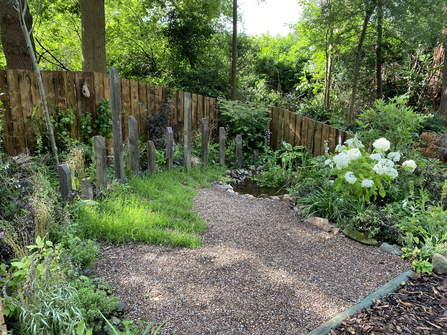
How to attract butterflies to your garden

While just about any flower with nectar can be a treat for butterflies, it is a slightly different story for caterpillar food or 'host' plants. In fact, most butterfly species have just a short list of host plants. Often this is because caterpillars need particular chemicals from that plant to bring out their warning colouration as butterflies.
Some butterflies and caterpillars overwinter, so shelter in the garden, such as thick growths of ivy, is also important.
Plants for butterflies
Species |
Host plant |
|
Stinging nettle, hop, currants |
|
|
Hedge mustard, cuckooflower, nasturtium |
|
|
Cock's-foot, false brome |
|
|
Cultivated varieties of Brassica oleracea, such as cabbage and brussel-sprouts, nasturtium, wild mignonette |
|
| Marsh fritillary | Devil's-bit scabious |
|
Grasses: fescues, meadow-grasses and bents |
|
|
Cock's-foot, false brome, tufted hair-grass, common couch |
|
|
Common sorrel, sheep's sorrel |
|
|
Stinging nettle, small nettle |
|
|
Cultivated varieties of Brassica oleracea, such as cabbage, nasturtium, wild mignonette, hedge mustard, garlic mustard |
|
|
Cock's-foot, false brome, Yorkshire-fog, wavy hair-grass |

Growing host plants for caterpillars in the garden is not necessarily guaranteed to attract the relevant butterflies, but butterflies do breed in gardens, so it is worth experimenting with different host plants to see which species might find your garden suitable.




